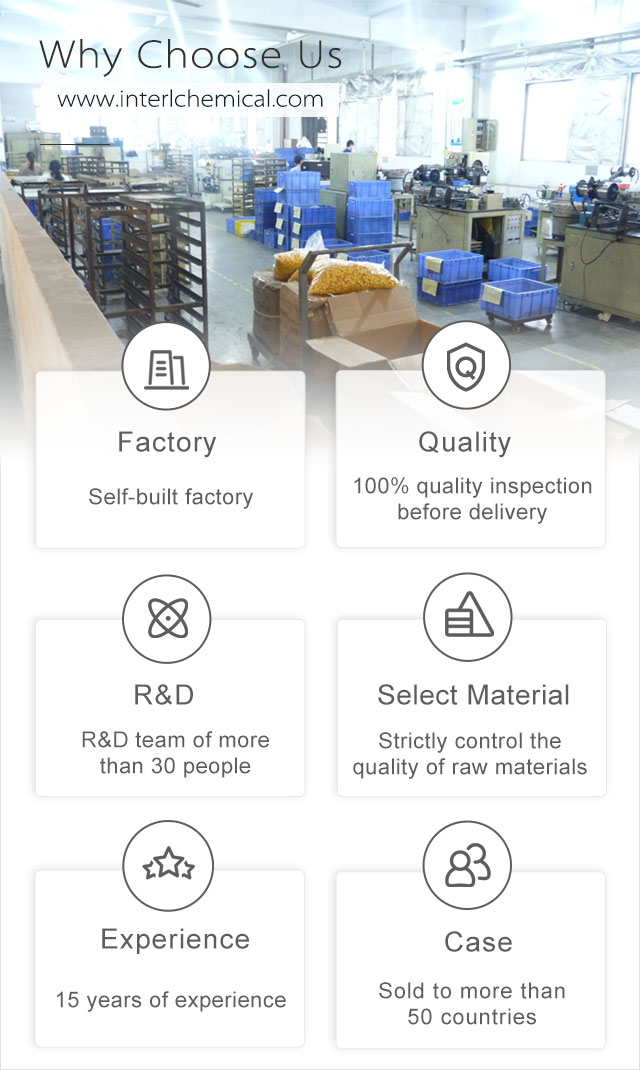





Related Attributes
Product details
Dibenzoyl peroxide Raw Materials is a strong oxidizing agent, which can be used to bleach organic materials, such as flour, vegetable oils and fats, etc. However, it has strong destructive effects on β-carotene, vitamin A, vitamin E and vitamin B1 in flour, and the maximum use level is 0.25-0.3g/kg flour; it can be easily decomposed into free radicals when heated up to 70-90℃. Dibenzoyl peroxide powder

Dibenzoyl peroxide powder is widely used as the initiator of polymerization and photochemical reaction of alkene monomer (vinyl chloride, acrylonitrile, etc.), and the excessive dosage will cause the polymer to change color and become yellowish, and at the same time it also has a reducing effect on some pigments.
Dibenzoyl peroxide CAS 94-36-0 can decompose rapidly when heated to about 100℃, and can cause explosion in sealed container, it should be treated as dangerous goods.Dibenzoyl peroxide Raw Materials is sensitive to impact and friction, and the danger of explosion is very big, it should avoid contact with metallic powder, activated carbon and reducing agent. Dibenzoyl peroxide Raw Materials is sensitive to impact and friction, and has a high risk of explosion. To prevent fire or explosion, dilute benzoyl peroxide to about 20% with three or more substances such as calcium carbonate, calcium phosphate, calcium sulfate, magnesium carbonate, alum, starch, etc. (dilute benzoyl peroxide).

Applications / Functions of Dibenzoyl peroxide powder
Physicochemical Property of Dibenzoyl peroxide powder
Dibenzoyl peroxide Raw Materials White crystal. Soluble in benzene, chloroform, ether. Slightly soluble in ethanol and water.

Dibenzoyl peroxide powder is also known as dibenzoyl peroxide, benzoyl peroxide, Acetoxyl, Acnegel, Benoxyl, Lucidol, Nericur, Xerac, BP5.White rhombohedral crystal or crystalline powder. Slightly benzaldehyde odor. Bitter kernel flavor. Relative molecular mass 242.23. Relative density 1.3440(25℃). Melting point 103~106℃(decompose and explode). Refractive index 1.545. flash point 125℃. Strong oxidizer, easy to burn, easy to explode. Very slightly soluble in water, slightly soluble in methanol, isopropanol, soluble in ethanol (1.2g/100g), acetone (18.5g/100g), chloroform (26.8g/100g), ethyl acetate (14.4g/100g), benzene (18.6g/100g), ether (8.6g/100g). Half-life in solution is 2.1h (85°C), 10h (72°C). Decomposes slowly in alkali solution. Stable at room temperature, easily exploded by friction, impact or heating in dry state. Can be burned by adding sulfuric acid. Because it is a strong oxidizing agent, it can cause skin and mucous membrane inflammation. Mouse oral LD503949mg/kg.Preparation: Take benzoyl chloride as raw material, react with sodium peroxide (or hydrogen peroxide and sodium hydroxide) to get Dibenzoyl peroxide CAS 94-36-0 crude product, and then recrystallize and refine in benzene or acetone. The 50% sodium hydroxide solution should be added first, then hydrogen peroxide, and finally benzoyl chloride should be added at 0-10 ℃, the order should not be reversed.
production methodprocess of Dibenzoyl peroxide powder
The reaction is carried out at about 0 ℃, the temperature is too high to cause the decomposition of hydrogen peroxide, benzoyl chloride is also easy to decompose to generate benzoic acid and affect the yield. The precipitated benzoyl peroxide is filtered, washed and dried to obtain the finished product. The content of industrial benzoyl peroxide can be up to 99% (second grade), melting point 102~106℃. When it needs to be purified, it can be recrystallized with alcohol, acetone, benzene and other suitable solvents.
Why choose us?

HRK Factory

About Shipping

Pharmaceutical Intermediate manufacturers
©2023 Xi'an Henrikang Biotech Co., Ltd.,